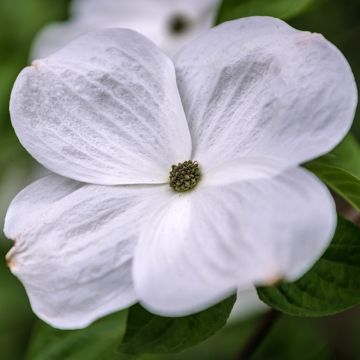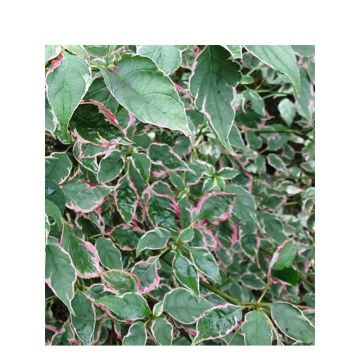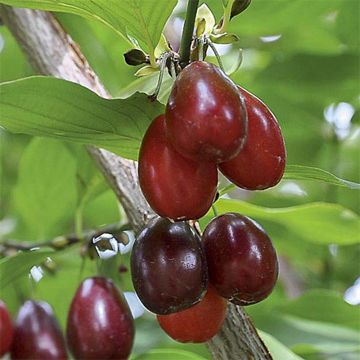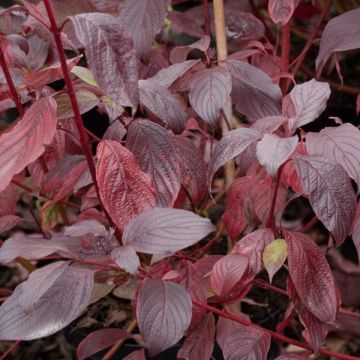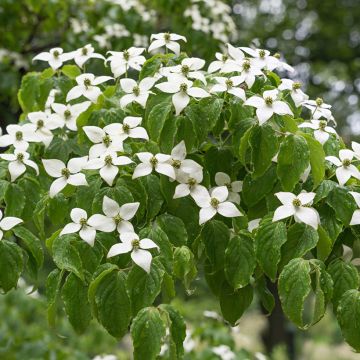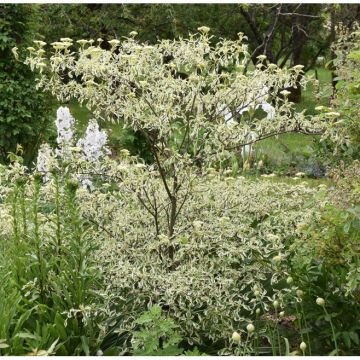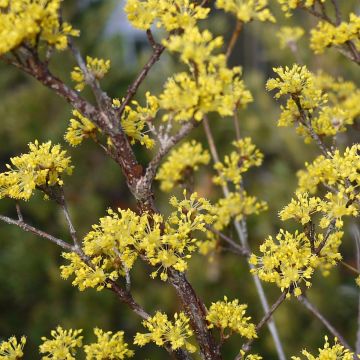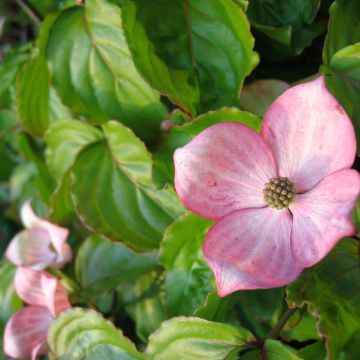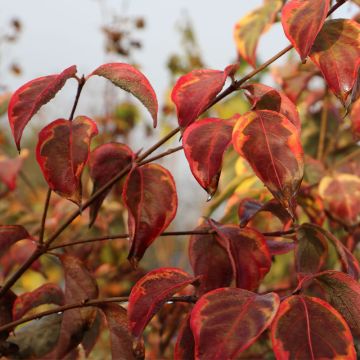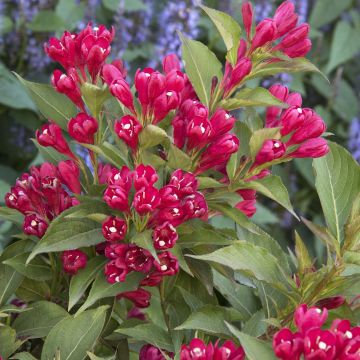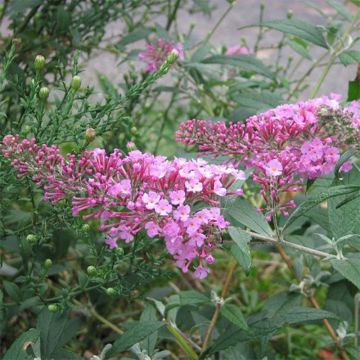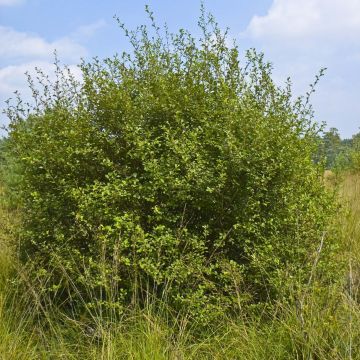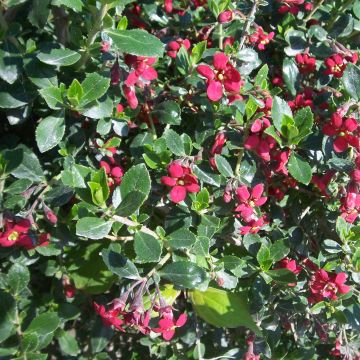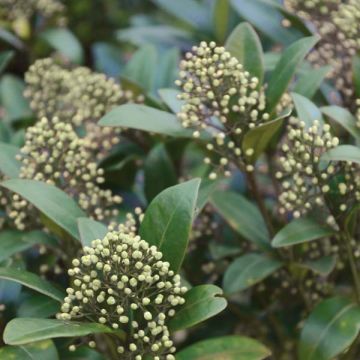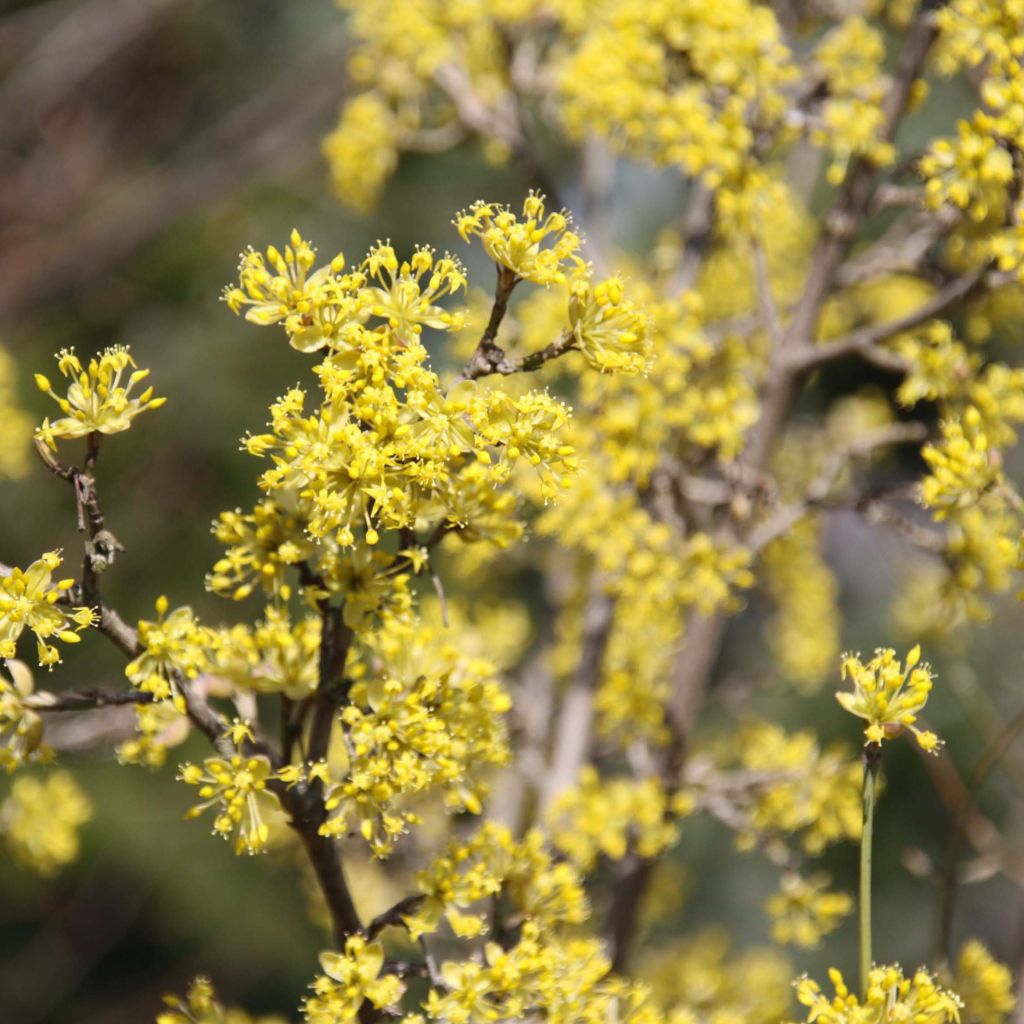

Cornus mas Jolico - European Cornel
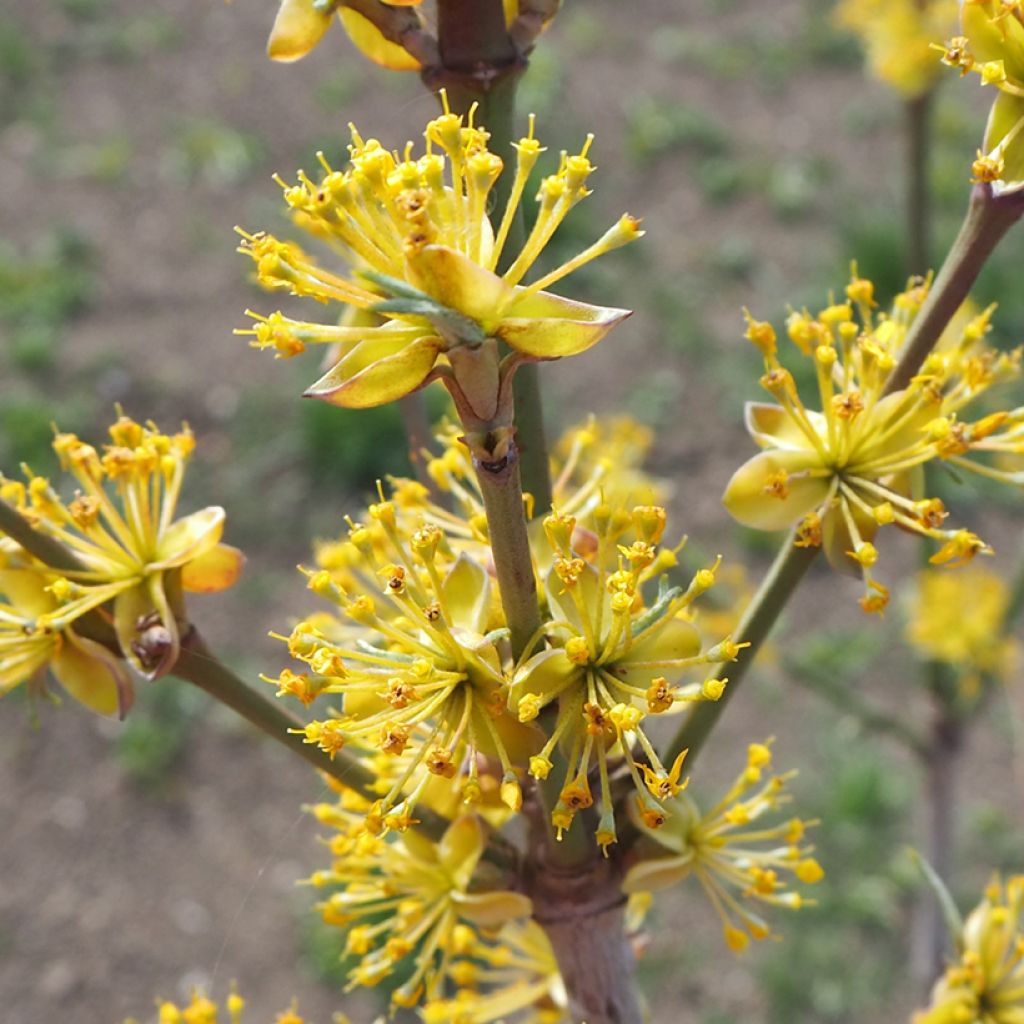

Cornus mas Jolico - European Cornel


Cornus mas Jolico - European Cornel
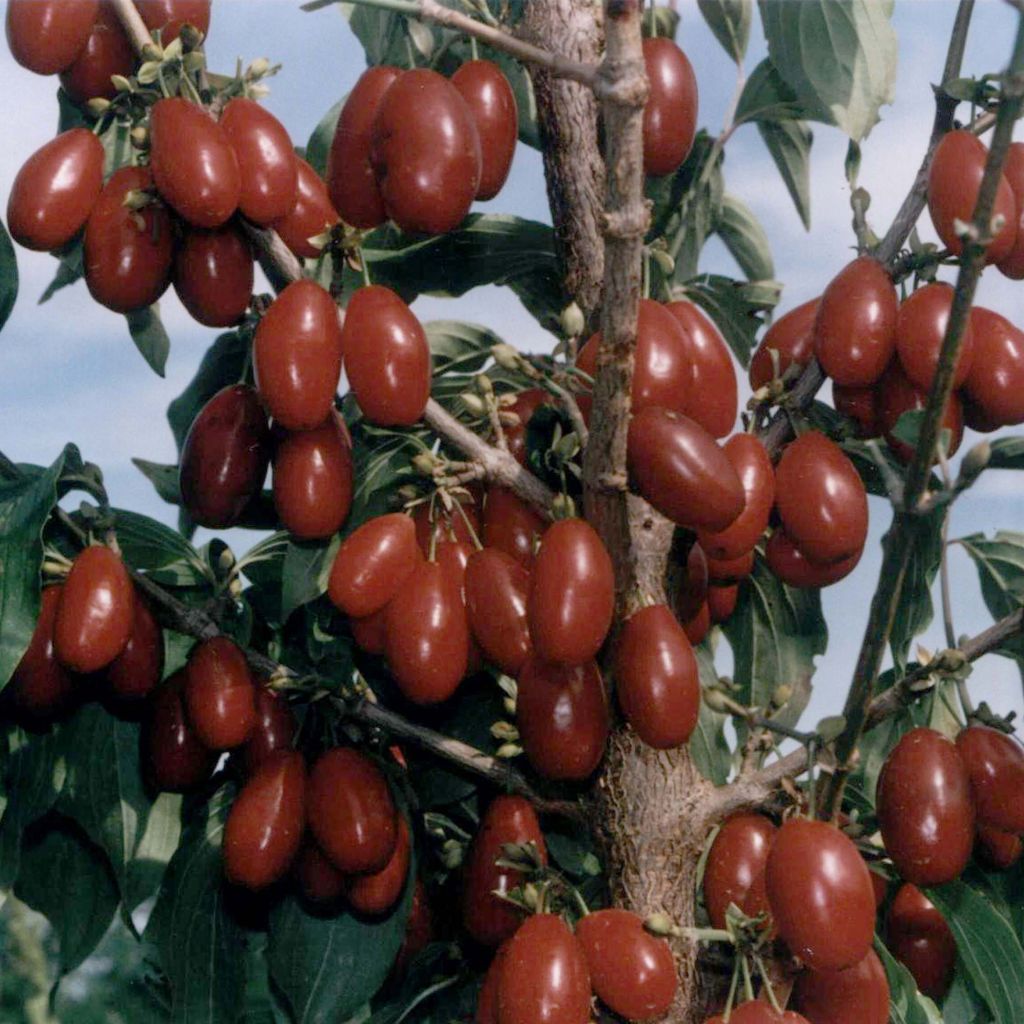

Cornus mas Jolico - European Cornel
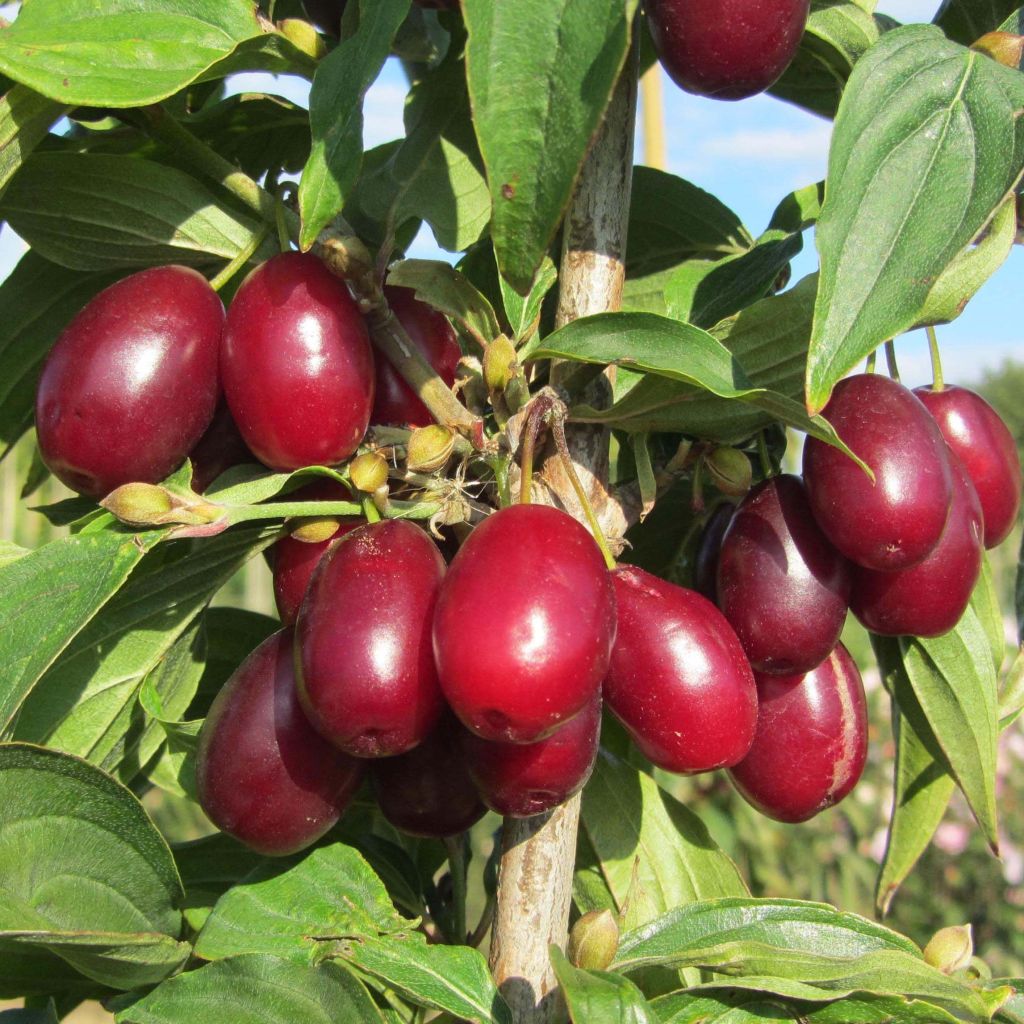

Cornus mas Jolico - European Cornel
Cornus mas Jolico - European Cornel
Cornus mas Jolico
Cornelian Cherry, European Cornel
A bit disappointed with the rooting... when I wanted to plant it in the ground, I realized that we had just put a barely rooted branch in a 4L pot... We'll see if it takes.
Thomas, 23/03/2023
Special offer!
Receive a €20 voucher for any order over €90 (excluding delivery costs, credit notes, and plastic-free options)!
1- Add your favorite plants to your cart.
2- Once you have reached €90, confirm your order (you can even choose the delivery date!).
3- As soon as your order is shipped, you will receive an email containing your voucher code, valid for 3 months (90 days).
Your voucher is unique and can only be used once, for any order with a minimum value of €20, excluding delivery costs.
Can be combined with other current offers, non-divisible and non-refundable.
Home or relay delivery (depending on size and destination)
Schedule delivery date,
and select date in basket
This plant carries a 24 months recovery warranty
More information
We guarantee the quality of our plants for a full growing cycle, and will replace at our expense any plant that fails to recover under normal climatic and planting conditions.
Would this plant suit my garden?
Set up your Plantfit profile →
Description
Cornus mas 'Jolico' is a small Dogwood with particularly sweet fruits, 2 to 3 times larger than those of the wild species. Its very early golden-yellow flowering occurs in February. The shrub is then covered with a multitude of small star-shaped flowers gathered in bouquets before the appearance of the foliage. The show continues until autumn when the Cornelian cherry displays flamboyant colours dominated by red. Very hardy, resistant to drought and limestone and low maintenance, this small Cornus will easily find its place in most gardens, but also on a terrace or a large balcony thanks to its modest dimensions!
Cornelian Cherries are native to southeastern and central Europe where their late winter flowering is appreciated to brighten up public spaces and gardens that are still bare at this time of year. In February-March, their bare branches are covered with a multitude of small golden-yellow star-shaped flowers, gathered in bouquets. They appear on secondary branches, but also on the main branches in a colourful scene. The flowers, visited by the first bees of the season, give way to the appearance of edible berries, the Cornelian cherries, which ripen and turn red at the end of summer. Cornelian cherries are vigorous, compact bushes with an upright habit when young, then spreading as they age. In our gardens, they measure about 5 m (16 ft 5 in) tall with a similar spread. They have dark green foliage, composed of elliptical leaves, 4 to 10 cm (1.6 to 3.9 in) long. In autumn, Cornus mas attracts attention when it blazes with incandescent colours, predominantly purple-red.
'Jolico' is the result of an Austrian hybridisation and is characterised by its modest dimensions (3 m (9 ft 10 in) tall by 2 m (6 ft 7 in) wide) which allow it to be grown in a pot and placed on a terrace. Its fruits also distinguish it from the typical species as they are 2 to 3 times larger than the typical Cornelian cherries. Very sweet and particularly rich in vitamin C, they are usually harvested in late September, which allows for a slightly longer Cornelian cherry-tasting season, which is usually harvested in August. They can be enjoyed as jam, jelly, or freshly fallen from the tree, provided they are fully ripe. Birds willingly feed on them, contributing to a favourable ecosystem for the health of your garden.
The 'Jolico' Cornelian cherry likes sunny to semi-shady locations. Very undemanding, it is content with ordinary, light, and poor soil, even limestone. Plant it in a mixture of potting soil and garden soil that you have enriched with organic compost, such as crushed horn. In winter, avoid stagnant water by planting it in well-drained soil. Its great hardiness allows it to withstand temperatures down to -20 °C (4 °F). Pruning Cornus mas is not necessary but can be done at the end of winter, before the start of vegetation, to shape the bush or remove dead or diseased wood. It is not very susceptible to diseases and proves to be pleasant to live with.
This small Cornelian cherry can be planted as a solitary specimen and be the highlight of a lawn from the end of winter when it is covered with flowers, in September thanks to its multitude of red berries, but also in autumn with its fiery foliage. It can also be used as a background plant in a border, backed by evergreen hedge shrubs such as Eleaegnus ebbingei or Photinia fraseri 'Red Robin' which will highlight its bright flowering. This Cornus will also find its place in a hardy hedge, alongside a Strawberry Tree or a burning bush to attract wildlife to your garden with their decorative berries. Its modest dimensions also allow it to be grown in a large container to adorn a terrace or balcony, accompanied by evergreen shrubs that will take over when the Cornus goes dormant for the winter.
Report an error about the product description
Cornus mas Jolico - European Cornel in pictures


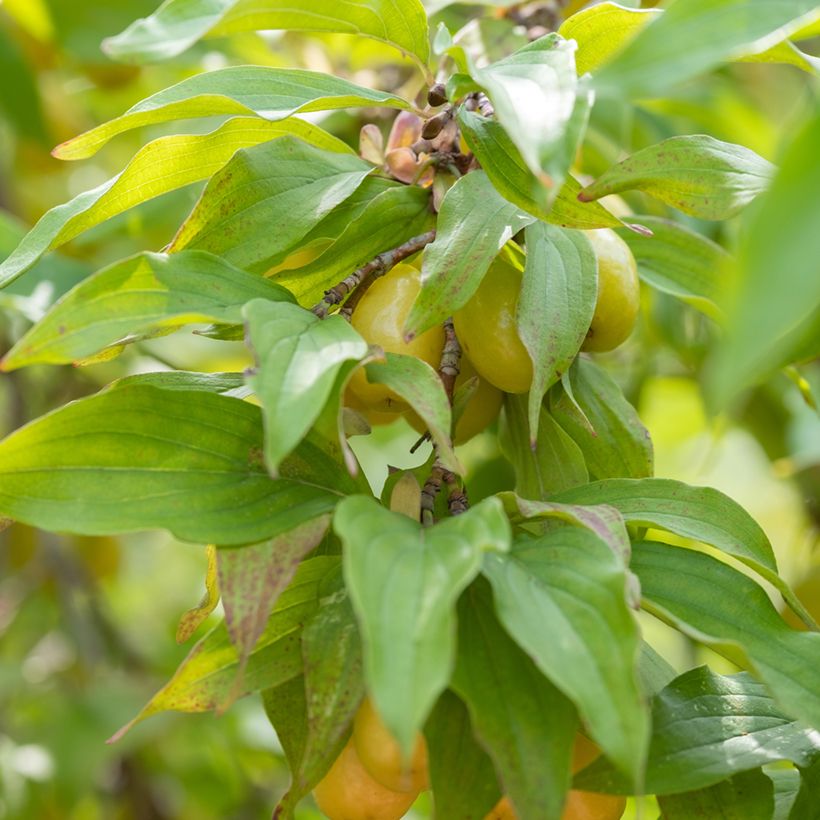



Plant habit
Flowering
Foliage
Botanical data
Cornus
mas
Jolico
Cornaceae
Cornelian Cherry, European Cornel
Cultivar or hybrid
Other Cornus
View all →Planting and care
Cornus mas 'Jolico' likes sunny to partially shaded situations.
Very undemanding, it can be grown in ordinary, light and poor soil, even limestone. Plant it in a mixture of horticultural compost and garden soil that you have enriched with an organic compost, such as crushed horn.
In winter, make sure to avoid stagnant water by planting it in well-drained soil. Its great hardiness allows it to withstand temperatures down to -20 °C (-4 °F).
Pruning Cornus mas is not necessary but can be done at the end of winter, before the start of vegetation, in order to shape the bush or remove dead or diseased wood. It is not very susceptible to diseases and proves to be a very pleasant subject to grow.
Planting period
Intended location
Care
-
, onOrder confirmed
Reply from on Promesse de fleurs
Similar products
Haven't found what you were looking for?
Hardiness is the lowest winter temperature a plant can endure without suffering serious damage or even dying. However, hardiness is affected by location (a sheltered area, such as a patio), protection (winter cover) and soil type (hardiness is improved by well-drained soil).

Photo Sharing Terms & Conditions
In order to encourage gardeners to interact and share their experiences, Promesse de fleurs offers various media enabling content to be uploaded onto its Site - in particular via the ‘Photo sharing’ module.
The User agrees to refrain from:
- Posting any content that is illegal, prejudicial, insulting, racist, inciteful to hatred, revisionist, contrary to public decency, that infringes on privacy or on the privacy rights of third parties, in particular the publicity rights of persons and goods, intellectual property rights, or the right to privacy.
- Submitting content on behalf of a third party;
- Impersonate the identity of a third party and/or publish any personal information about a third party;
In general, the User undertakes to refrain from any unethical behaviour.
All Content (in particular text, comments, files, images, photos, videos, creative works, etc.), which may be subject to property or intellectual property rights, image or other private rights, shall remain the property of the User, subject to the limited rights granted by the terms of the licence granted by Promesse de fleurs as stated below. Users are at liberty to publish or not to publish such Content on the Site, notably via the ‘Photo Sharing’ facility, and accept that this Content shall be made public and freely accessible, notably on the Internet.
Users further acknowledge, undertake to have ,and guarantee that they hold all necessary rights and permissions to publish such material on the Site, in particular with regard to the legislation in force pertaining to any privacy, property, intellectual property, image, or contractual rights, or rights of any other nature. By publishing such Content on the Site, Users acknowledge accepting full liability as publishers of the Content within the meaning of the law, and grant Promesse de fleurs, free of charge, an inclusive, worldwide licence for the said Content for the entire duration of its publication, including all reproduction, representation, up/downloading, displaying, performing, transmission, and storage rights.
Users also grant permission for their name to be linked to the Content and accept that this link may not always be made available.
By engaging in posting material, Users consent to their Content becoming automatically accessible on the Internet, in particular on other sites and/or blogs and/or web pages of the Promesse de fleurs site, including in particular social pages and the Promesse de fleurs catalogue.
Users may secure the removal of entrusted content free of charge by issuing a simple request via our contact form.
The flowering period indicated on our website applies to countries and regions located in USDA zone 8 (France, the United Kingdom, Ireland, the Netherlands, etc.)
It will vary according to where you live:
- In zones 9 to 10 (Italy, Spain, Greece, etc.), flowering will occur about 2 to 4 weeks earlier.
- In zones 6 to 7 (Germany, Poland, Slovenia, and lower mountainous regions), flowering will be delayed by 2 to 3 weeks.
- In zone 5 (Central Europe, Scandinavia), blooming will be delayed by 3 to 5 weeks.
In temperate climates, pruning of spring-flowering shrubs (forsythia, spireas, etc.) should be done just after flowering.
Pruning of summer-flowering shrubs (Indian Lilac, Perovskia, etc.) can be done in winter or spring.
In cold regions as well as with frost-sensitive plants, avoid pruning too early when severe frosts may still occur.
The planting period indicated on our website applies to countries and regions located in USDA zone 8 (France, United Kingdom, Ireland, Netherlands).
It will vary according to where you live:
- In Mediterranean zones (Marseille, Madrid, Milan, etc.), autumn and winter are the best planting periods.
- In continental zones (Strasbourg, Munich, Vienna, etc.), delay planting by 2 to 3 weeks in spring and bring it forward by 2 to 4 weeks in autumn.
- In mountainous regions (the Alps, Pyrenees, Carpathians, etc.), it is best to plant in late spring (May-June) or late summer (August-September).
The harvesting period indicated on our website applies to countries and regions in USDA zone 8 (France, England, Ireland, the Netherlands).
In colder areas (Scandinavia, Poland, Austria...) fruit and vegetable harvests are likely to be delayed by 3-4 weeks.
In warmer areas (Italy, Spain, Greece, etc.), harvesting will probably take place earlier, depending on weather conditions.
The sowing periods indicated on our website apply to countries and regions within USDA Zone 8 (France, UK, Ireland, Netherlands).
In colder areas (Scandinavia, Poland, Austria...), delay any outdoor sowing by 3-4 weeks, or sow under glass.
In warmer climes (Italy, Spain, Greece, etc.), bring outdoor sowing forward by a few weeks.






























